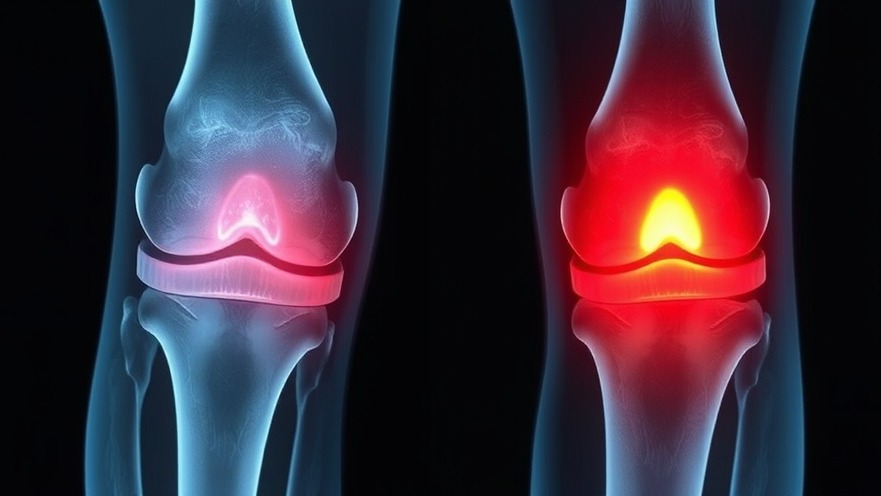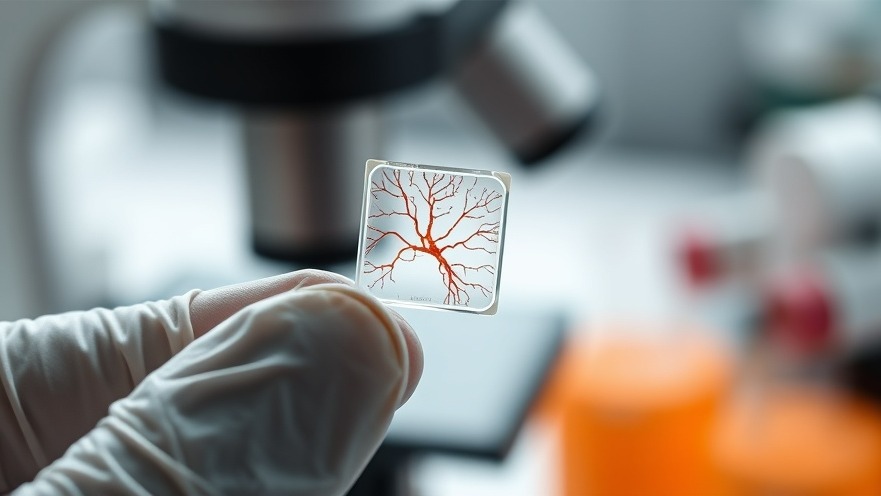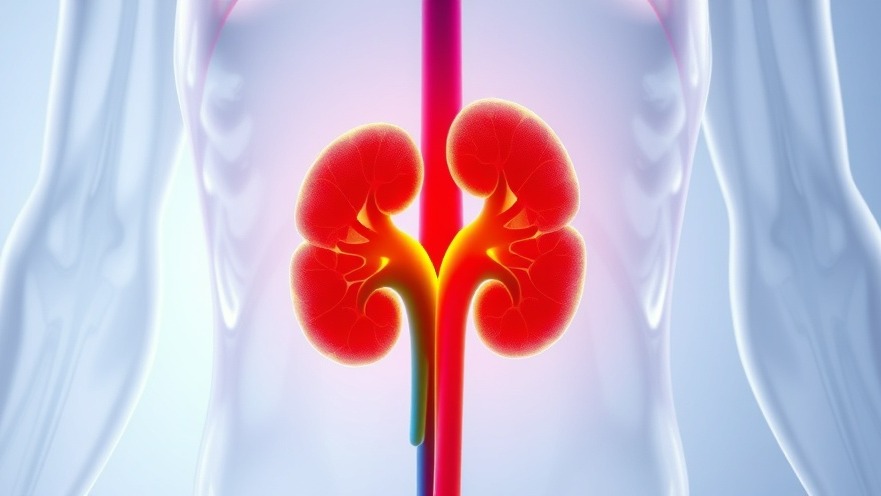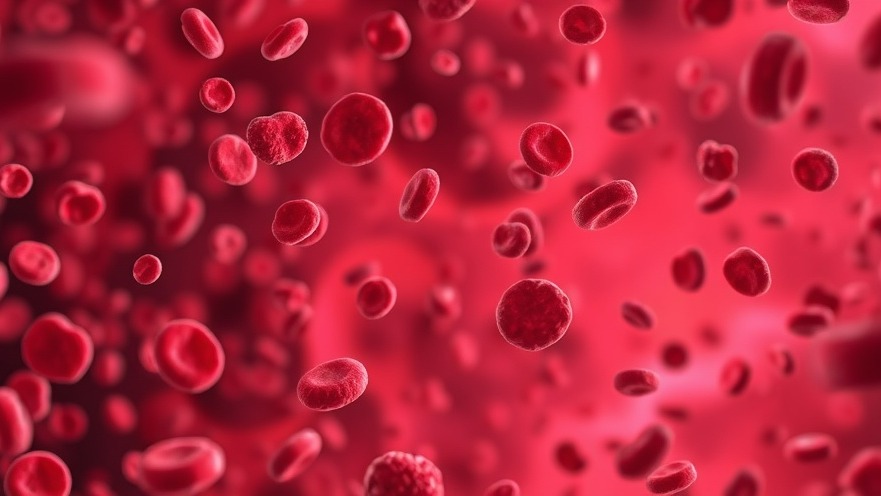
Revolutionizing Meniscus Injury Treatment with Custom Hydrogel
Meniscus tears are all too familiar to many, particularly those who regularly engage in sports or physical activities. Traditionally, treatment options have been limited, leaving patients and doctors frustrated. However, recent research from the Perelman School of Medicine at the University of Pennsylvania offers a promising solution: a customizable hydrogel designed specifically to repair these injuries and enhance healing. This innovative approach could change the trajectory of recovery for countless patients.
Understanding the Meniscus: Its Role in Knee Health
The meniscus is a crescent-shaped cartilage in the knee that acts as a cushion and shock absorber. It plays a vital role in maintaining knee health and stability. Yet, when injuries occur — whether from acute trauma or degenerative conditions — the consequences can be significant, often leading to joint pain and mobility issues. Current treatments, such as graft-based methods, often fail to address the specific requirements of the injured meniscus, leading to inadequate repair.
The Science Behind the Hydrogel
What sets this hydrogel apart is its advanced adaptability. Researchers ingeniously utilized proteins extracted from donor cow meniscus tissue, creating a 3D-printed material that promotes proper healing by mimicking the biochemical properties of human meniscus tissue. This hydrogel can be tailored to meet the specific stiffness and structural needs of the repaired area, allowing for a more natural integration with the patient's body.
Decellularization: A Step Towards Safety
One critical factor in the success of this treatment is the process of decellularization, which minimizes the risk of rejection. By removing cellular components from the cow tissue while retaining its structural integrity, the researchers have created a safe graft that won't trigger an immune response. This technological advance aligns with growing healthcare trends toward reducing complications associated with tissue transplants.
3D-Printing Innovations in Medical Treatment
3D-printing technology is revolutionizing not just the hydrogel design, but also the broader landscape of medical treatments. With this approach, practitioners have greater flexibility to create patient-specific solutions rather than relying on a one-size-fits-all method. This customization can lead to better patient outcomes and quicker recoveries.
Future Predictions: What Lies Ahead for Meniscus Treatments
As research continues and clinical trials are likely to follow, the future of meniscus injury treatment looks brighter than ever. If successful, this hydrogel technology could lead to a paradigm shift in orthopedic treatments by reducing surgery rates and minimizing recovery times.
How This Impacts Concierge Practitioners
For concierge health practitioners, staying informed about advancements like these is crucial. By offering cutting-edge treatments such as customized hydrogels to your patients, you not only enhance their outcomes but also strengthen your practice's reputation as a leader in innovative healthcare solutions.
Summary of Innovative Insights
This novel hydrogel treatment represents a significant advancement in managing meniscus injuries. By harnessing 3D-printing technology and utilizing decellularized cow tissue, this customizable solution can improve both the efficacy and safety of treatments for patients facing knee injuries.
As the healthcare landscape evolves, incorporating new technologies will ensure that you are providing the best possible care for your patients. To stay ahead, consider how you can leverage innovations like this hydrogel to enhance your practice and improve patient outcomes.
Explore more about these advancements and how they can impact your practice.
 Add Row
Add Row  Add
Add 






Write A Comment